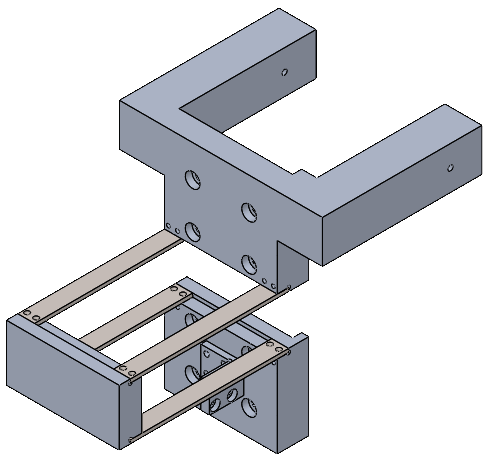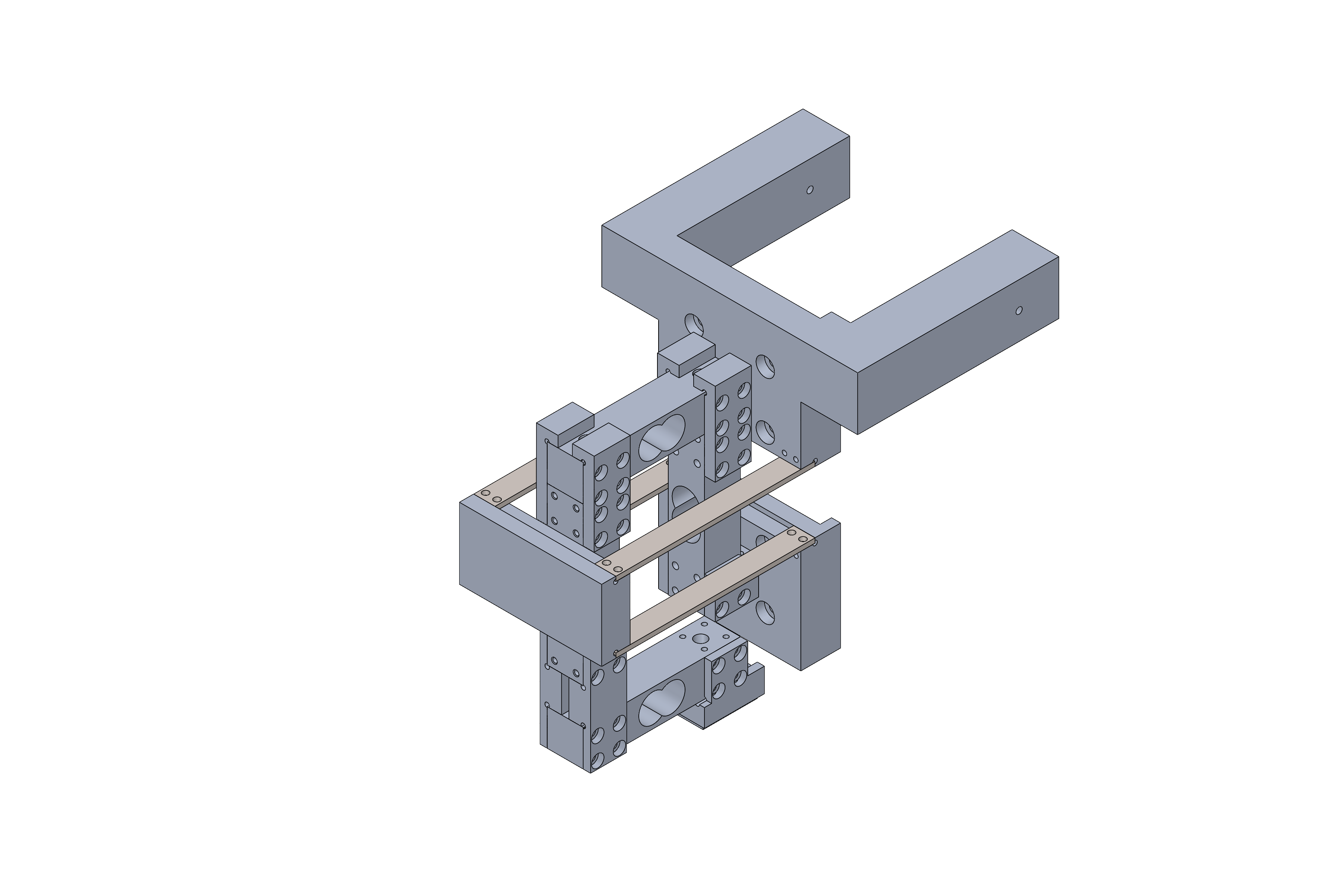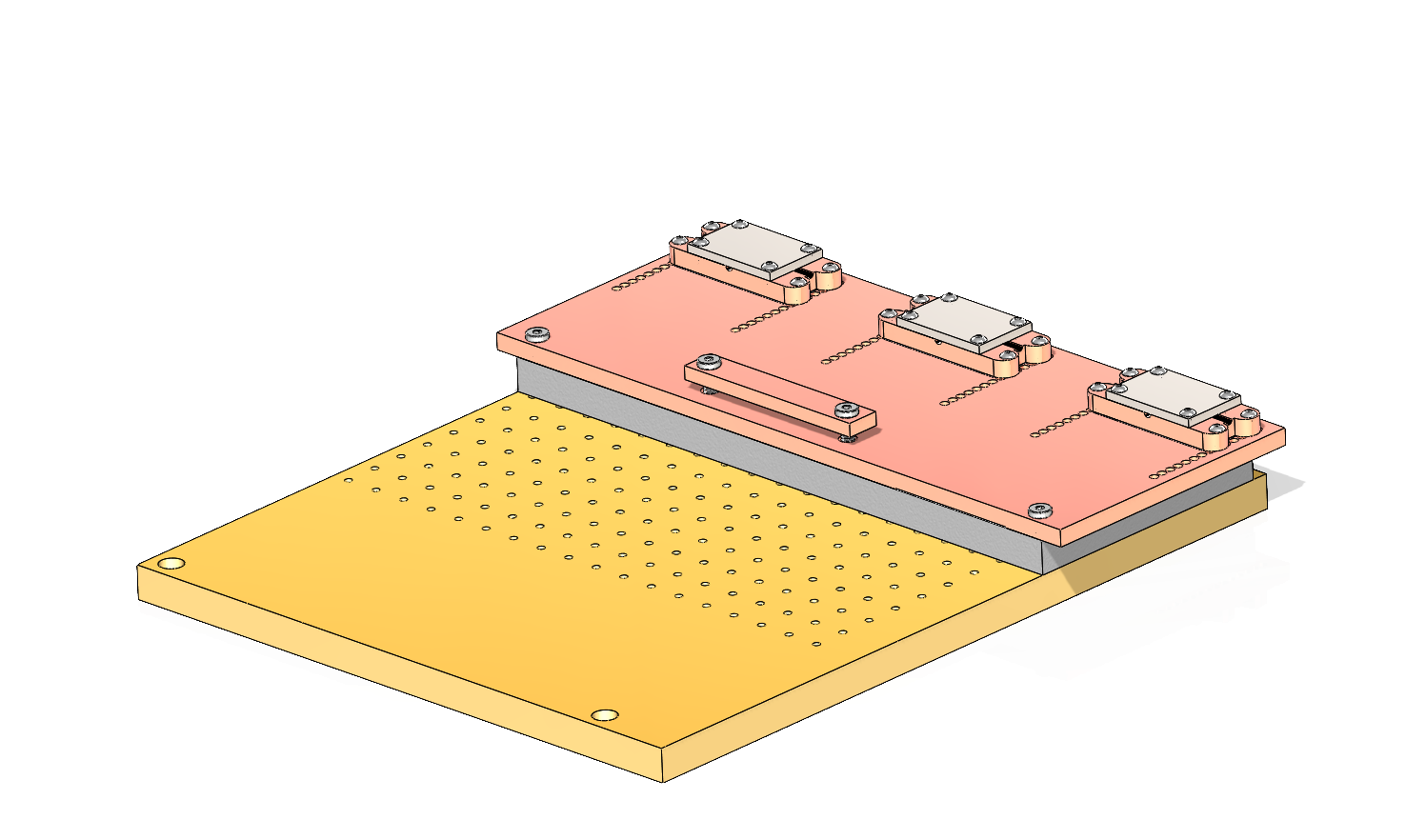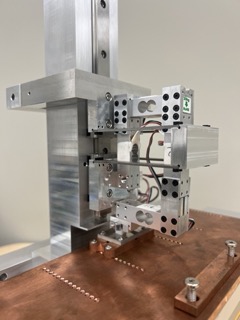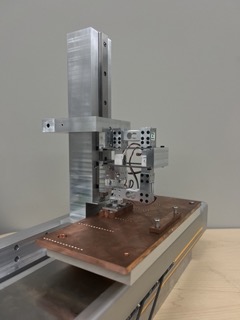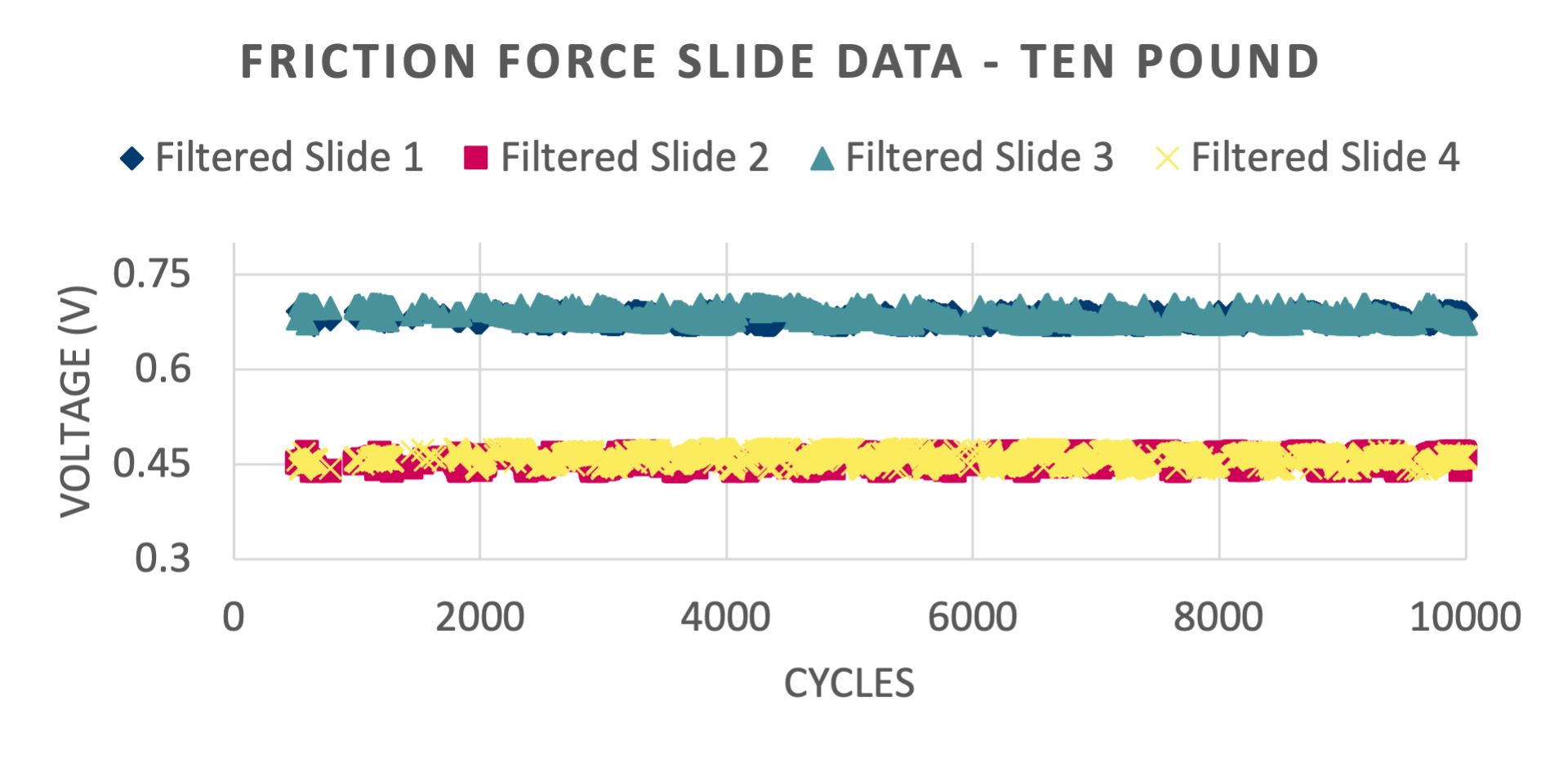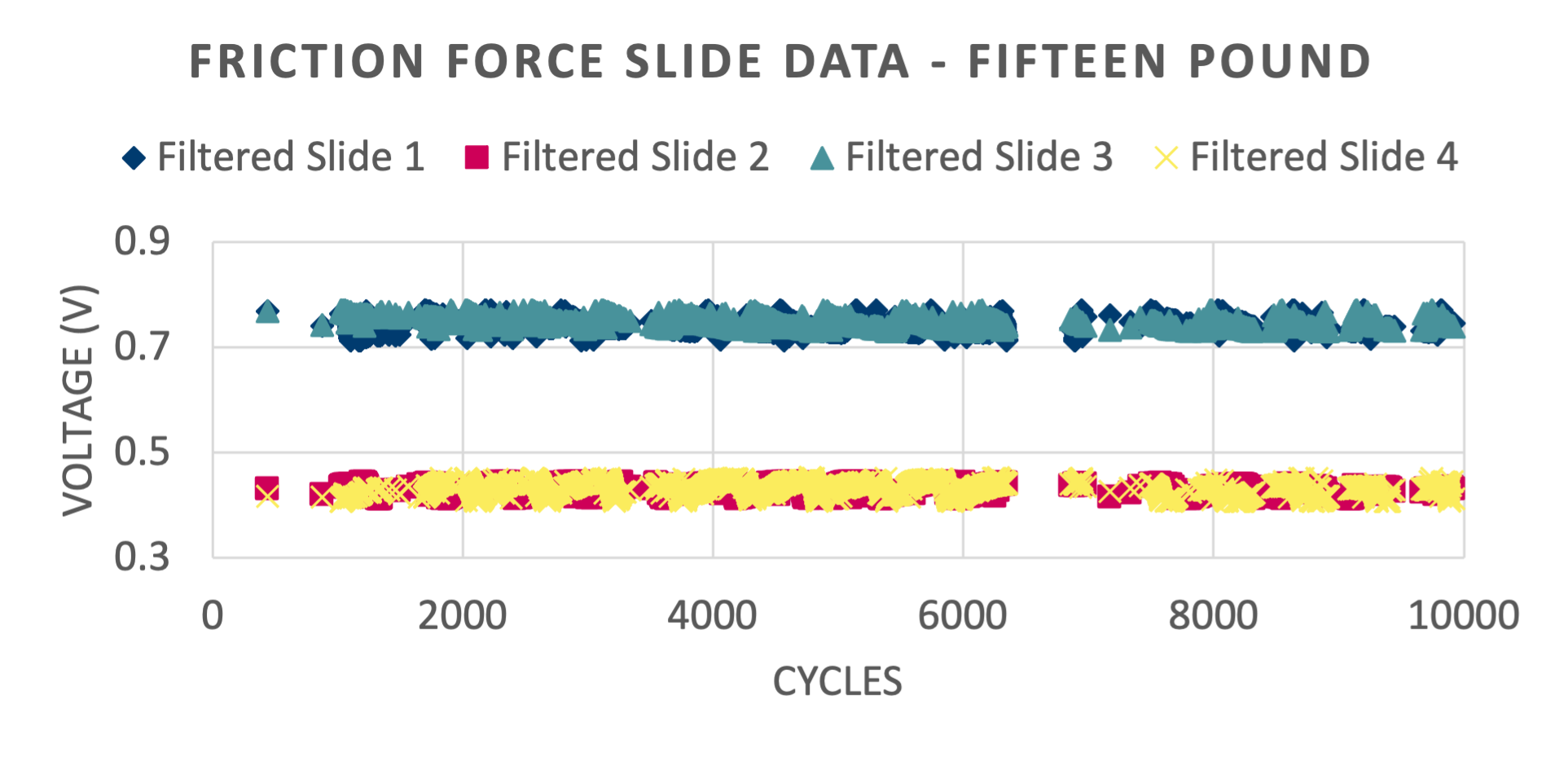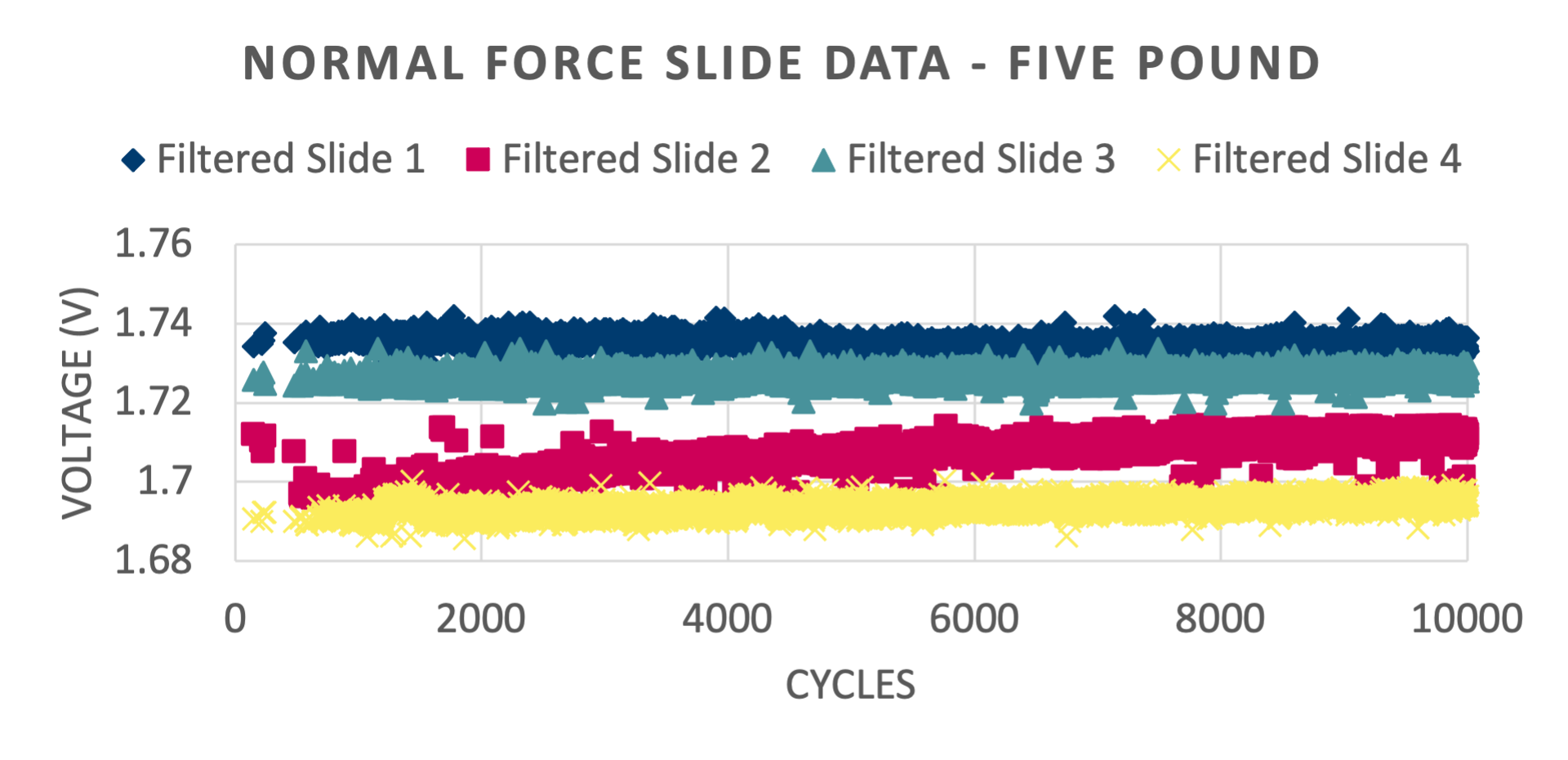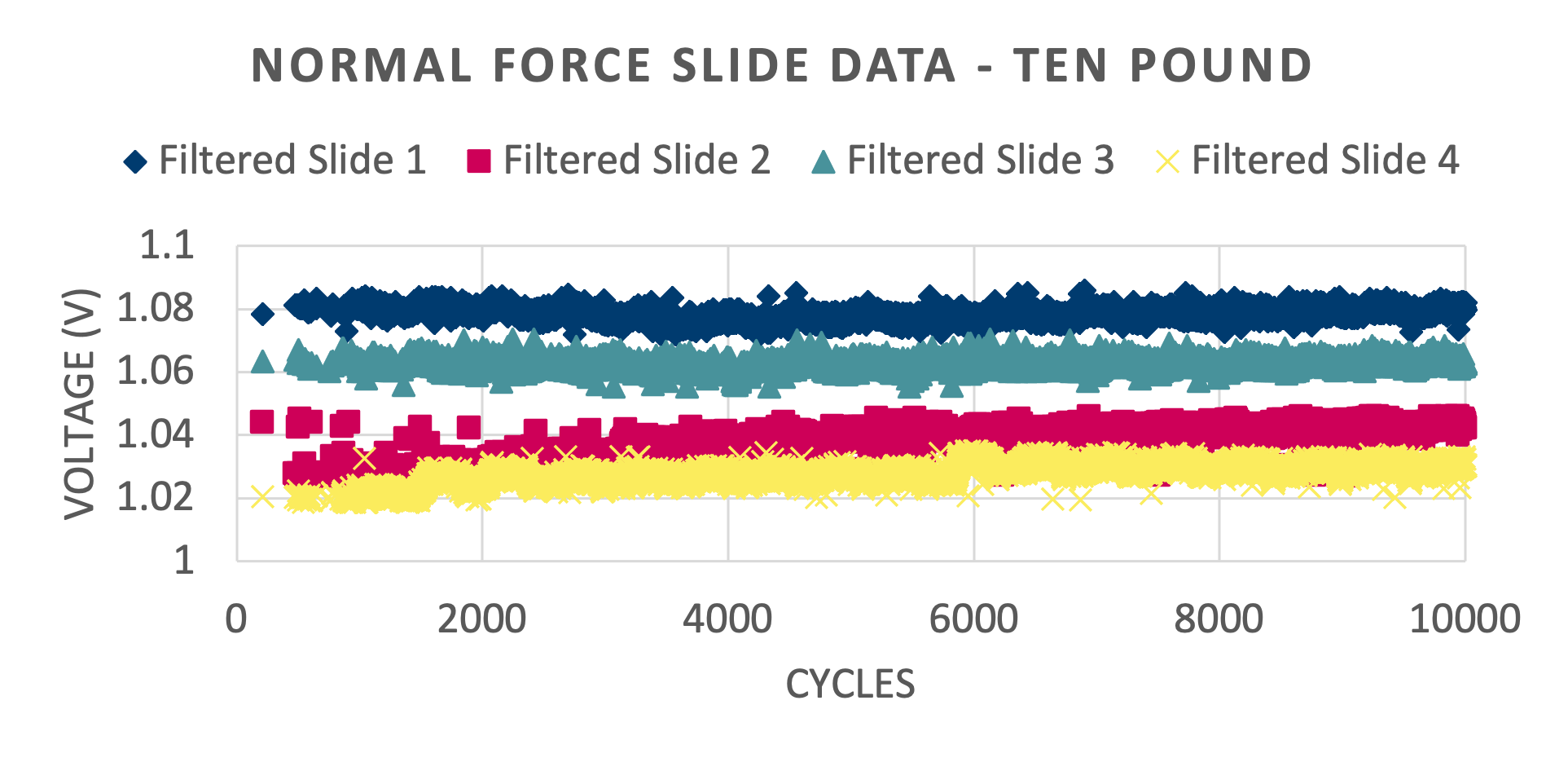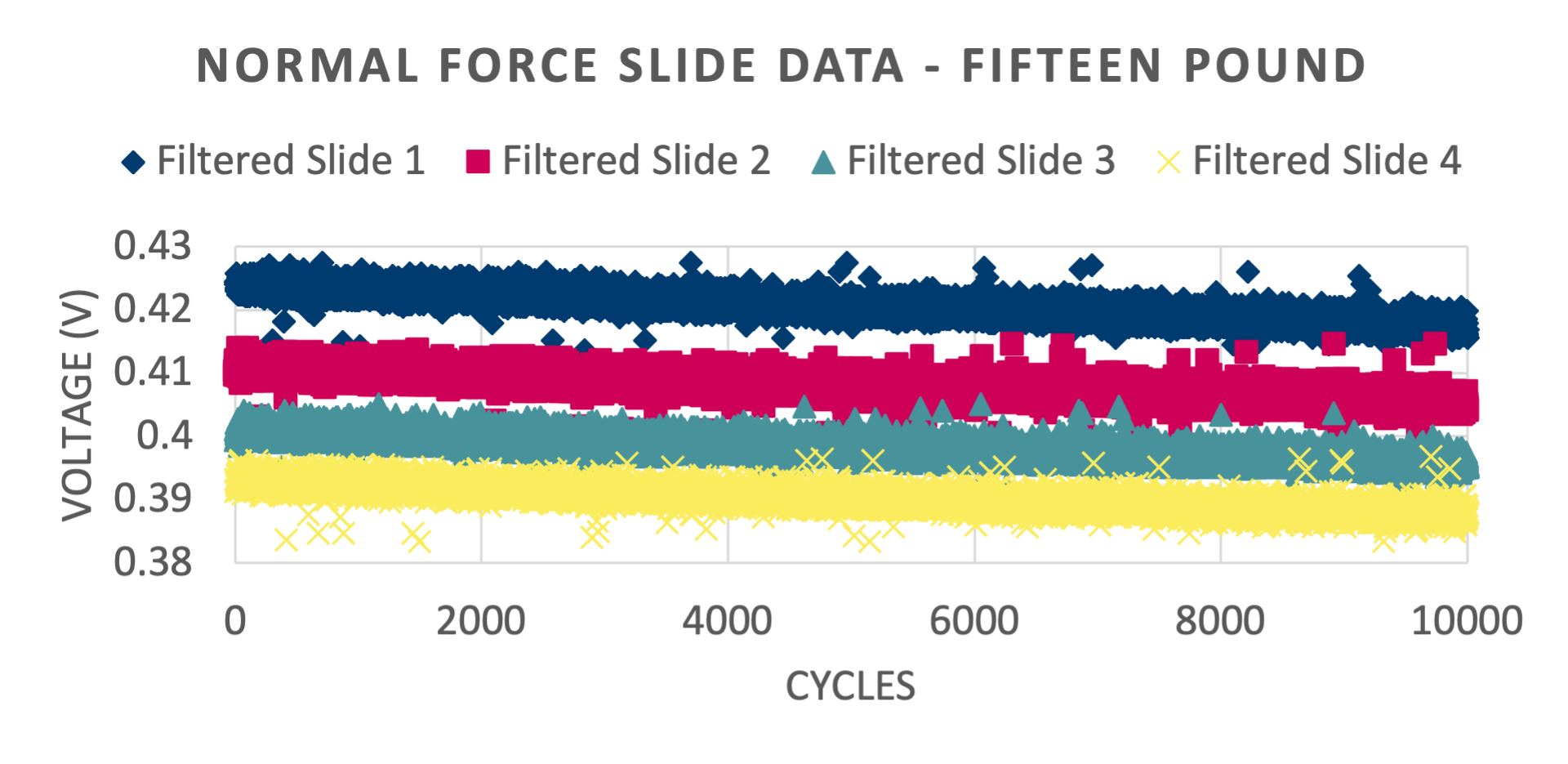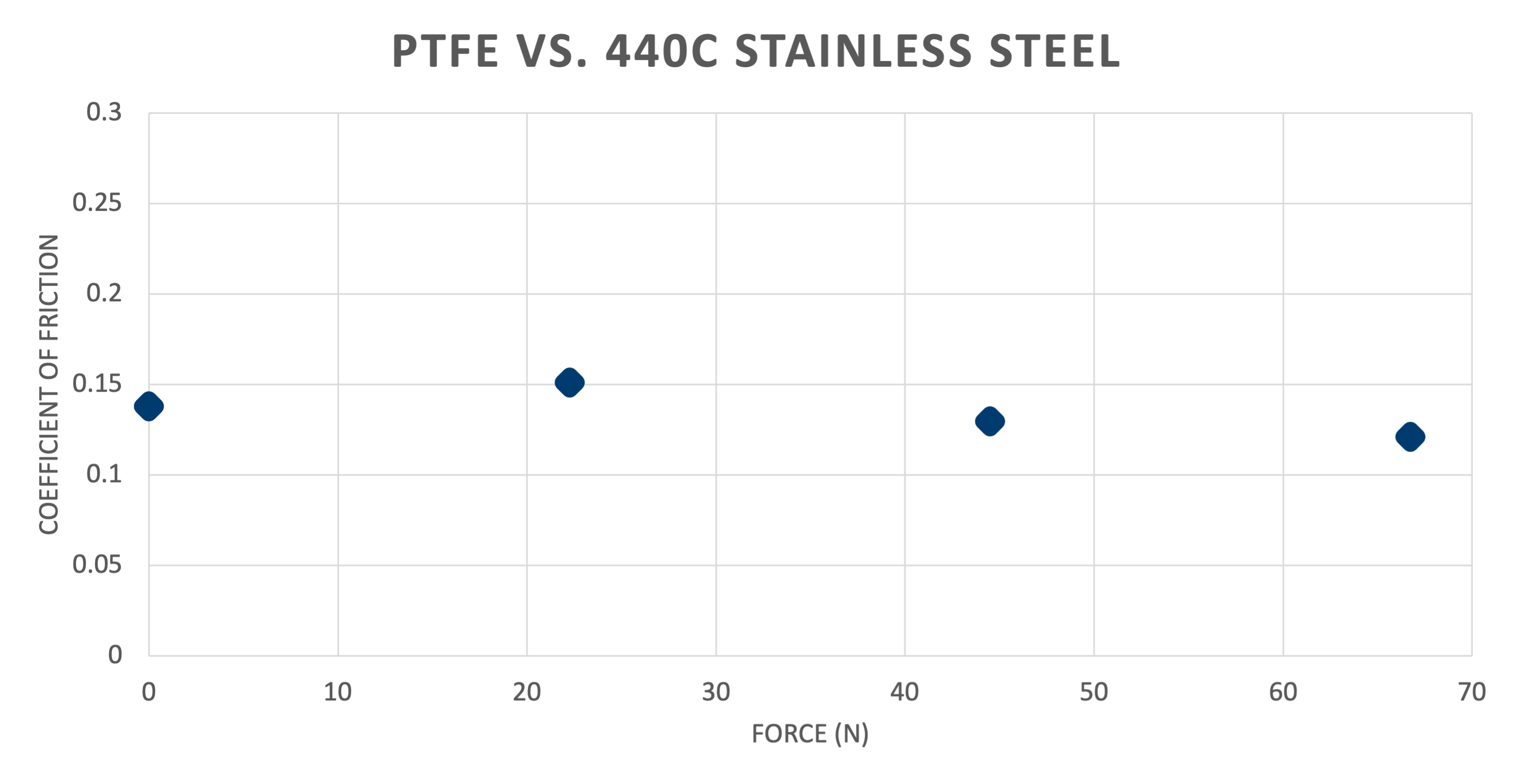Motor: The motor used in the system is the combination of Screw Drive GP 16 S Ø16 mm and EC-max 16 Ø16 mm motor. The Screw Drive GP 16 S Ø16 mm is a precision-engineered ball screw system designed for linear motion applications. With a diameter of 16 mm, it provides reliable and efficient movement ensuring smooth and precise translation. The EC-max 16 Ø16 mm motor is a brushless, high-performance electric motor with a power rating of 8 Watts. Being brushless makes it more durable and efficient, as it eliminates the wear and friction associated with traditional brushed motors.
Motor Mount: The motor mount has two important parts: the motor holder and the nut adaptor. The motor holder puts the motor upside down on the backplate to make things move in a straight line with tension. This helps avoid any looseness in the material when it's rolled or unrolled. The nut adaptor holds the nut that connects to the motor ball screw and links the motor to the rail assembly, making sure the straight-line motion moves smoothly in the whole system. So, the motor holder and nut adaptor work together to keep everything running well and prevent any unwanted slack in the material.
Minirail Linear Actuator: The minirail plays a pivotal role in transmitting precise linear motion to the Tribometer Head. It operates with a motor, which initiates a circular motion. This circular motion undergoes a transformation into a straight-line motion through a threaded mechanism within the nut adaptor, and the nut adaptor is connected to a cart that drives along a rail to move the head in the z-direction. In essence, as the motor generates rotational force, the minirail, threaded mechanism, nut adaptor, cart, and rail collectively collaborate to ensure the smooth conversion and transmission of motion. This integrated system not only facilitates the practical application of linear motion to the Tribometer Head but also underscores the significance of each component's contribution in achieving a well-coordinated and efficient operation for precise testing and analysis in tribological studies.




